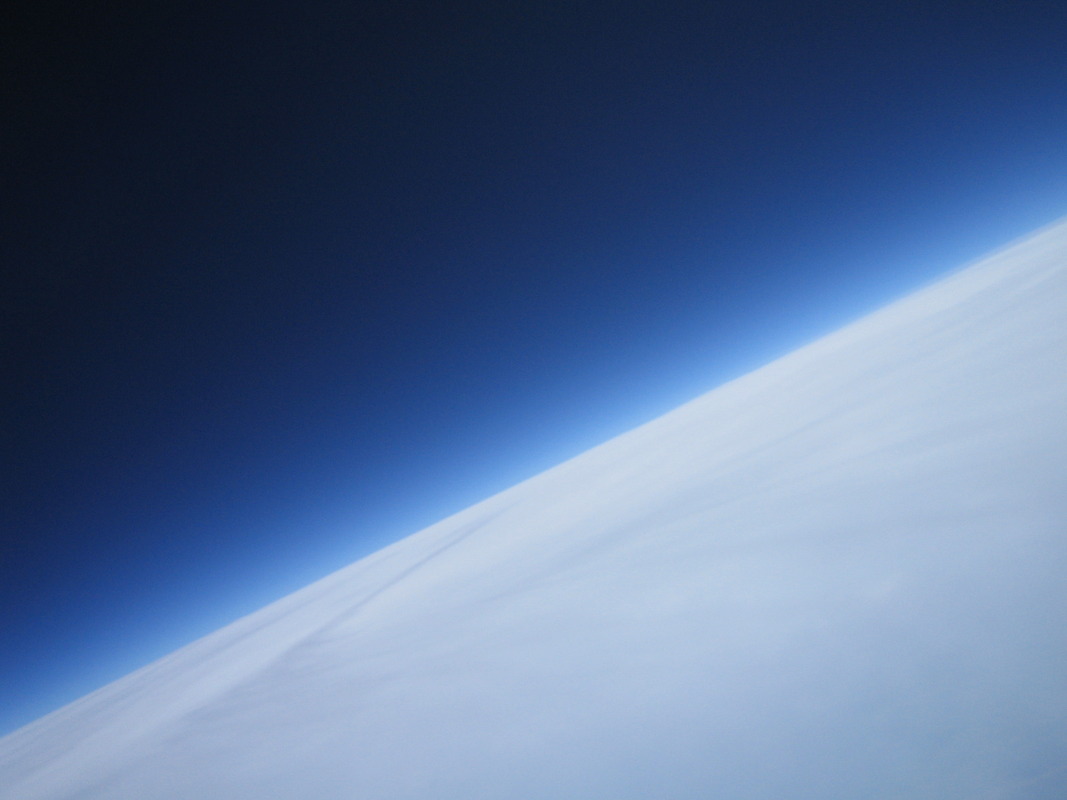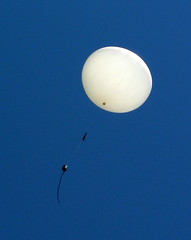A more detailed report will follow, I’m sure, as soon as the adrenaline fades and naps are taken.
Until then…

Also, there are more pictures in this Flickr Set.
A more detailed report will follow, I’m sure, as soon as the adrenaline fades and naps are taken.
Until then…

Also, there are more pictures in this Flickr Set.
The tentative time for the launch is 9:30am from Clear Spring, MD. Dial 202.559.1100 for flight information once it launches.
Once again, HacDC is planning to launch a near-space balloon this weekend (on Saturday if conditions permit) to capture pictures of the Earth’s horizon. To learn about the blimp’s behavior and to assist in the recovery, the payload sends packets of sensor data through the Automatic Packet Reporting System, a quite interesting amateur-radio-based system to distribute real-time information through a repeater network. This time, however, we are parsing this data to send it through a number of useful communication channels.
One of these includes a voice phone number, 202-559-1100, powered by Twilio’s phone application API. By calling this number during the day, people will have the opportunity to listen to the current data about the blimp’s status and location and to receive SMS messages with the same information, including direct links to Google Maps. The flight team will also have the option of recording updates into the phone menu system. And there will be a Twitter feed with the data at @hacdcspaceblimp.
Unfortunately, however, the recovery team is capped according to the “Hackerspaces in Space” contest rules, so we do have to warn against any enterprising people from taking this information and tracking the payload down themselves. However, if you are interested in being involved, there may be opportunities to observe the launch and recovery this weekend.
We also will update this blog with details on the final launch time!
 HacDC launched its first near-space balloon this past Saturday as part of a contest called Hackerspaces in Space that challenges hackerspaces around the world “to send a weather balloon, with payload, into near-space to capture pictures of the Earth’s horizon, to return the payload safely to the ground, and to retrieve the payload.”
HacDC launched its first near-space balloon this past Saturday as part of a contest called Hackerspaces in Space that challenges hackerspaces around the world “to send a weather balloon, with payload, into near-space to capture pictures of the Earth’s horizon, to return the payload safely to the ground, and to retrieve the payload.”
To avoid Washington, DC-area restricted airspace and the Chesapeake Bay, given the southeasterly winds, the balloon was launched from rural Edinburg, Virginia. The payload included a camera running CHDK, a GPS receiver, and a transmitter sending APRS packets containing position information so we could track and recover it. The electronics were encased in a foam shell tethered to a parachute and the helium-filled balloon, which we calculated would burst at around 80-85K feet, around the same altitude at which we had a nichrome wire set to cut the balloon free if it hadn’t yet burst.
Here’s a map plotting the position data received from the balloon’s payload. Somewhere in the course of the flight it seems to have stopped transmitting, so the recovery team relied on the last-known and predicted positions to try to receive some potentially-degraded signal, but none was detected. The payload has not yet been recovered, though it’s still possible someone will find it on their property and call one of the contact numbers listed on the outside.
Photos of the launch and recovery effort by Katie, Mark, and Bryce—who also posted a personal account of the day’s events—are online.
The team is tentatively planning a second launch with a newly-assembled payload on Sunday, 15 August.